Winter – Mùa đông là mùa lạnh nhất trong năm ở vùng cực và ôn đới; nó không xảy ra ở hầu hết các vùng nhiệt đới. Nó xảy ra sau mùa thu và trước mùa xuân hàng năm. Mùa đông là do trục của Trái đất ở bán cầu đó hướng ra xa Mặt trời. Các nền văn hóa khác nhau xác định các ngày khác nhau là ngày bắt đầu mùa đông và một số sử dụng định nghĩa dựa trên thời tiết. Khi nó là mùa đông ở Bắc bán cầu, nó là mùa hè ở Nam bán cầu, và ngược lại.
Ở nhiều vùng, mùa đông gắn liền với tuyết và nhiệt độ đóng băng. Thời điểm đông chí là khi độ cao của Mặt trời so với cực Bắc hoặc cực Nam ở giá trị âm nhất của nó (nghĩa là, Mặt trời ở xa nhất bên dưới đường chân trời tính từ cực).
Ngày xảy ra hiện tượng này có ngày ngắn nhất và đêm dài nhất, với độ dài ngày tăng và độ dài ban đêm giảm dần khi mùa diễn ra sau hạ chí. Tuy nhiên, ngày mặt trời lặn sớm nhất và mặt trời mọc muộn nhất bên ngoài các vùng cực khác với ngày Đông chí, và những ngày này phụ thuộc vào vĩ độ, do sự thay đổi trong ngày Mặt trời trong suốt cả năm do quỹ đạo hình elip của Trái đất gây ra (xem sớm nhất và mới nhất bình Minh và hoàng hôn).
Để tồn tại sự khắc nghiệt của mùa đông, nhiều loài động vật đã phát triển các cách thích nghi về hành vi và hình thái khác nhau cho việc trú đông. Di cư là một tác động phổ biến của mùa đông đối với động vật, đặc biệt là các loài chim. Tuy nhiên, phần lớn các loài chim không di cư – ví dụ như chim hồng y và chim sơn ca châu Âu. Một số loài bướm cũng di cư theo mùa.
Ngủ đông là trạng thái giảm hoạt động trao đổi chất trong mùa đông. Một số loài động vật “ngủ” trong suốt mùa đông và chỉ ra ngoài khi thời tiết ấm áp trở lại; ví dụ: chuột túi, ếch, rắn và dơi. Một số loài động vật dự trữ thức ăn cho mùa đông và sống trên đó thay vì ngủ đông hoàn toàn. Đây là trường hợp của sóc, hải ly, chồn hôi, lửng và gấu trúc.
Một số loài động vật có vú phủ lông phát triển một lớp lông dày hơn trong mùa đông; điều này cải thiện chất lượng giữ nhiệt của lông. Sau đó, lớp lông này sẽ rụng đi sau mùa đông để có thể làm mát tốt hơn. Áo khoác dày hơn vào mùa đông khiến nó trở thành mùa yêu thích của những người đánh bẫy, những người tìm kiếm những bộ da.
Con người nhạy cảm với lạnh, rơi băng là những mối lo ngại khác về sức khỏe liên quan đến thời tiết lạnh giá. Ở Bắc bán cầu, không có gì lạ khi những người vô gia cư chết vì hạ thân nhiệt vào mùa đông. Một trong những bệnh phổ biến nhất liên quan đến mùa đông là bệnh cúm.
Hãy cùng trẻ tìm hiểu những từ vựng tiếng Anh theo chủ đề Winter – Mùa đông qua danh sách từ dưới đây nhé!
Từ vựng chủ đề Winter – Mùa đông
drift (v,n): cuốn đi, trôi dạt
When snow builds up high after wind blows it around
→ Maybe it was the winter chill drifting across the peninsular, causing temporary memory loss.

—
flake (n): vảy bong ra, bông tuyết
A small piece of matter, usually snow
→ The product is used for snow dressing and is a fine flake paper snow product.

—
flurry (n): trận tuyết bất chợt
A sudden barrage of snowfall, typically short but intense
→ In a dense snow flurry Donald’s nephews wear gloves and winter caps.

—
freeze (v): đóng băng
The act of liquid becoming solid as the result of a drop in temperature
→ Nonetheless, winter freezes are common, as are extremely high temperatures in the summer.

—
frost (n): thời tiết băng giá
An act that results after the temperature has dropped just below freezing
→ In construction technology, sodium aluminate is employed to accelerate the solidification of concrete, mainly when working during frost.

—
glove (n): găng tay
A covering for the hand for when the temperature gets cold, made of cloth or other durable material
→ When similar items are not available, select an item that will serve a similar purpose (for example, shoes instead of winter boots, light gloves instead of winter gloves).

—
ice (n): băng, đá
Solid water, formed when water is exposed to temperatures below 32 degrees
→ The region may be under a surface of earthen formation, ice, snow, or water.
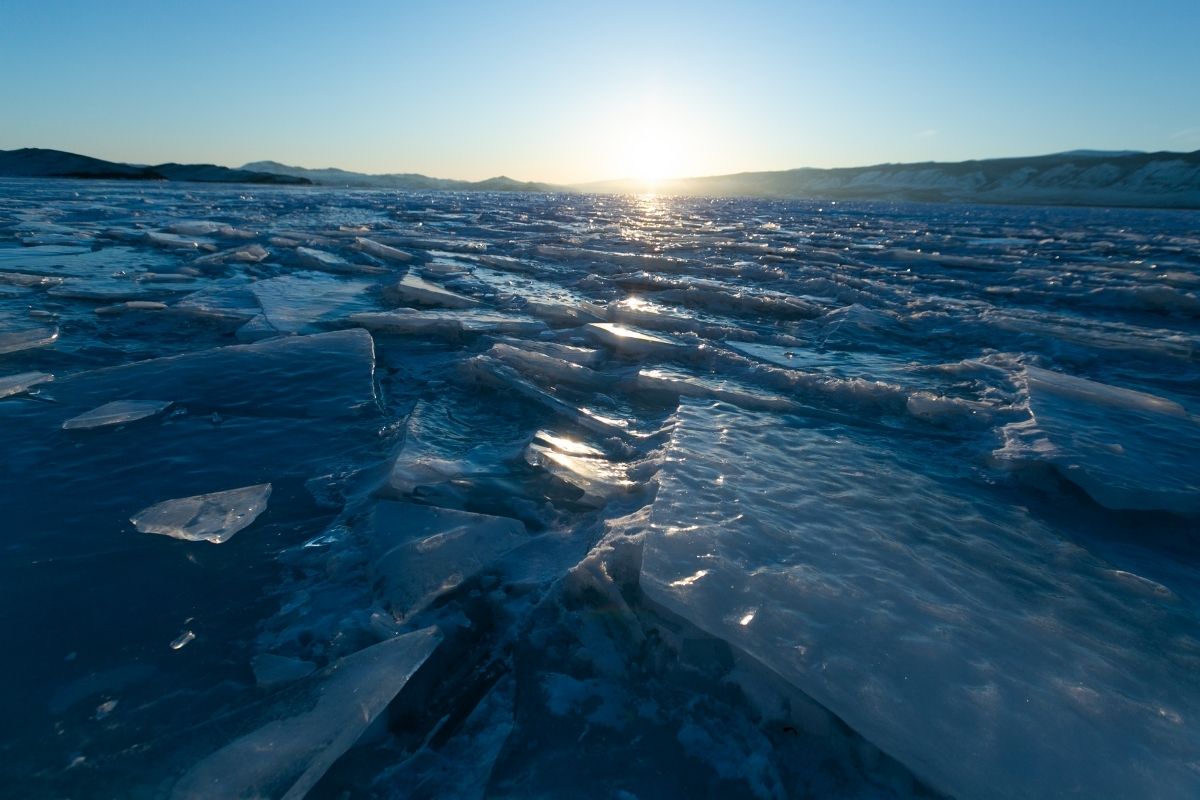
—
icicle (n): giọt băng
A cone of ice that forms when dripping water is frozen
→ Over time continued water runoff will cause the icicle to grow.

—
arctic (n): Bắc cực, cực lạnh, giá rét
Cold, snowy, windy weather similar to that found in the extreme north and other bitterly cold areas
→ Arctic Weather prepared charts are available directly to subscribers of the Canadian Ice Services Web site.
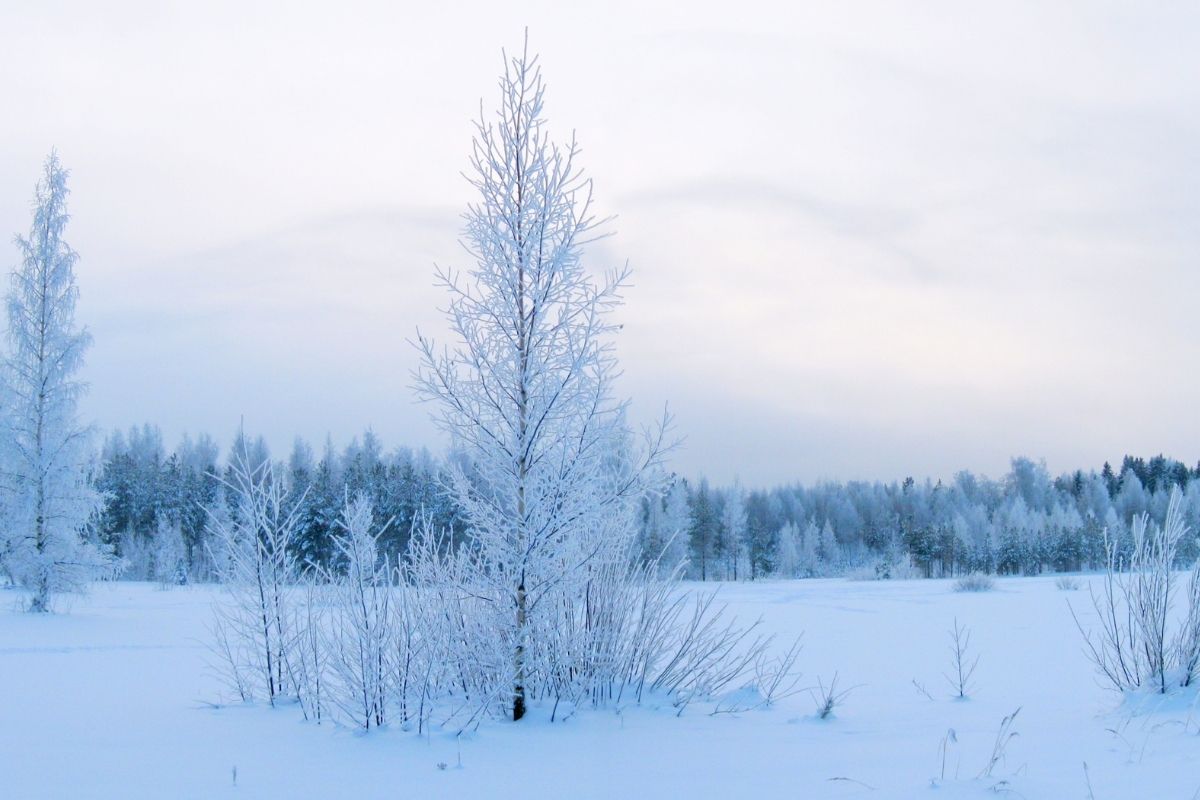
—
avalanche (n): tuyết lở
The sudden release of snow and ice from a mountain, forming a thunderous freefall
→ Excessive noise and vibration can also trigger avalanches during winter and rock slides during summer.

—
plow (v,n): cày
Using a steel attachment to push large amounts of snow for safe travels on roadways
→ During springtime, the Border Roads Organisation (BRO) plows snow and repairs damages caused by landslides.
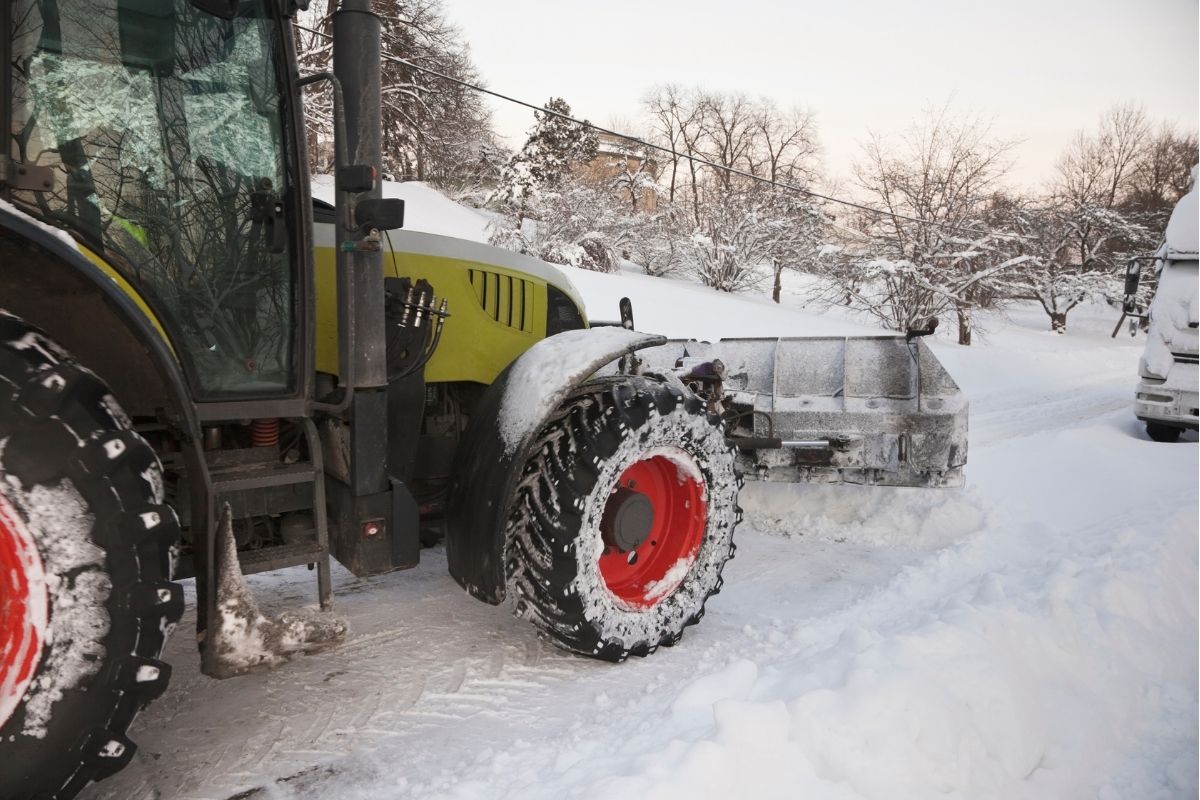
—
precipitation (n): mưa tuyết, lượng mưa
A weather term to describe moisture as it falls from the clouds
→ Counts were not correlated with spring precipitation, winter temperature, or number of female sheep in the study population.

—
scarf (n): khăn choàng
A cloth or other piece of fabric worn around the neck to protect from cold elements
→ Jenny wears a Sutton United shirt and has been known to wear a scarf during the winter.
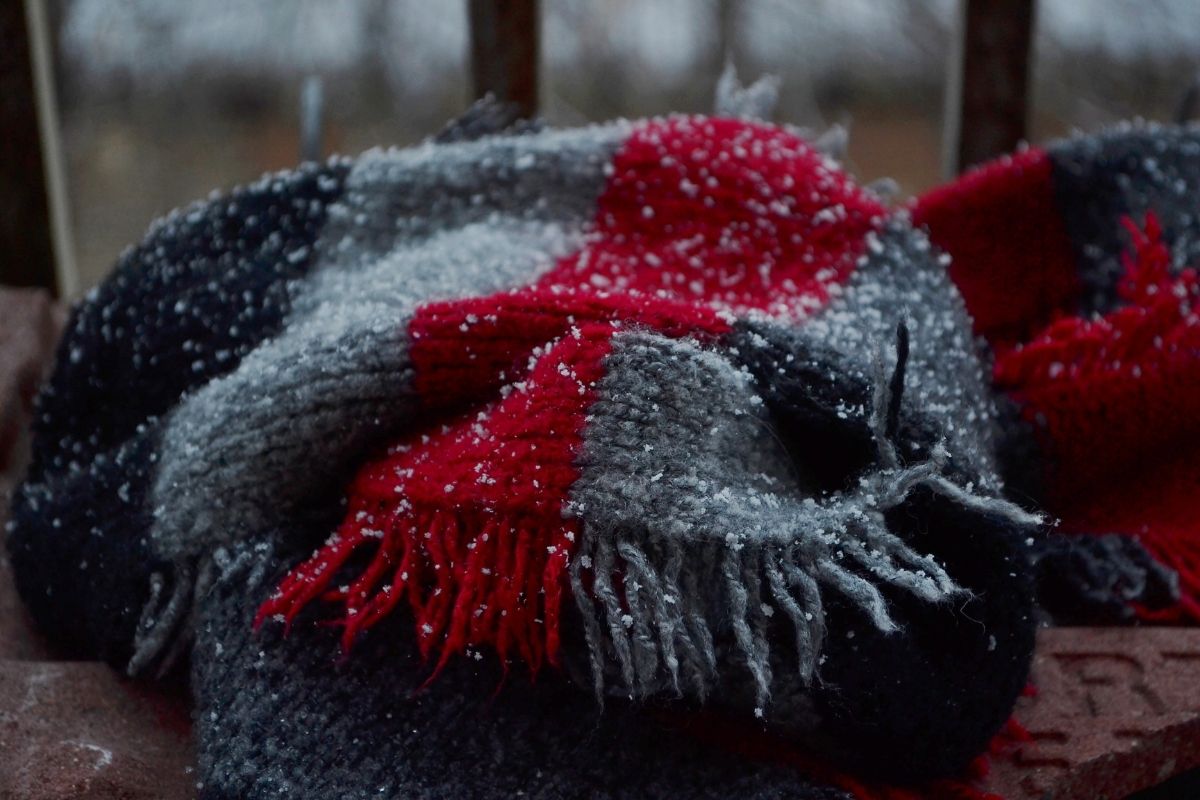
—
shovel (v,n): xúc bằng xẻng, cái xẻng
Digging into material as to remove it from its current location
→ Shoveling snow is hard work.
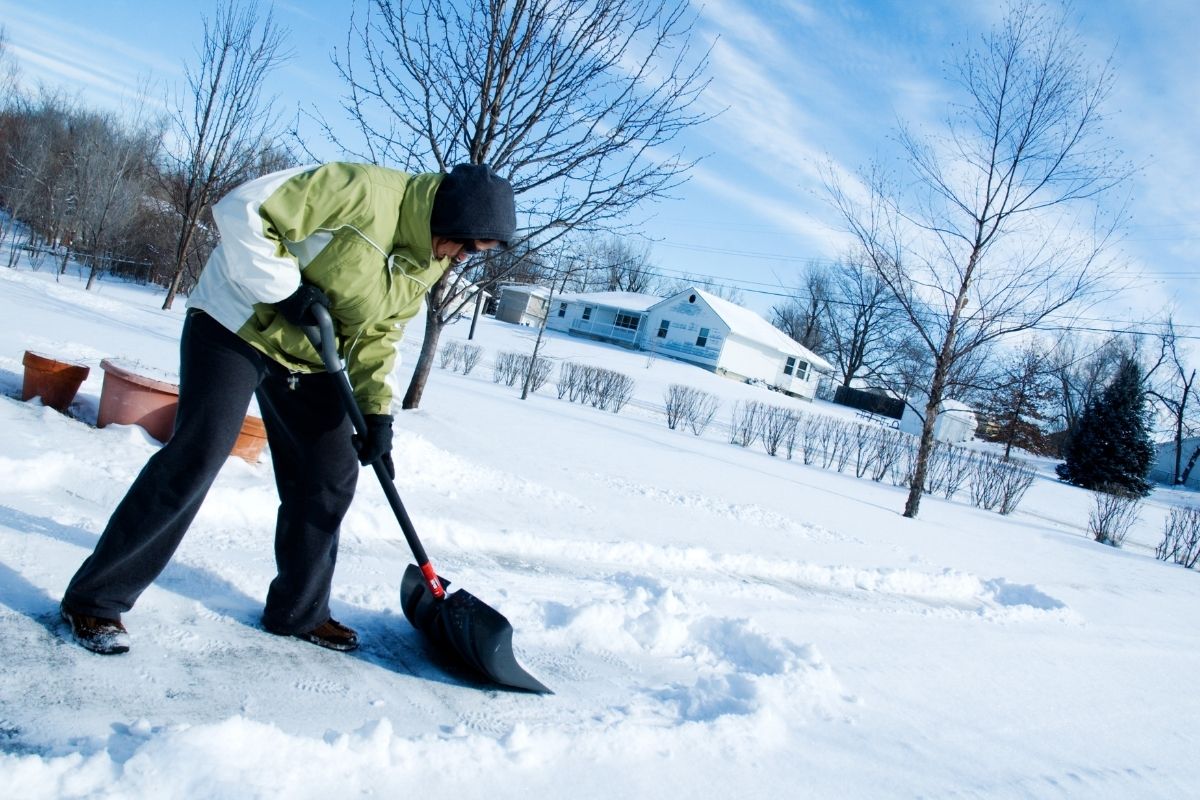
—
sled (n): xe trượt tuyết
A small object that travels on steel runners for transport over ice and snow
→ When the trail is straight and flat, there are times that the musher may turn the team over to the lead dog while the musher catches a nap in the sled.
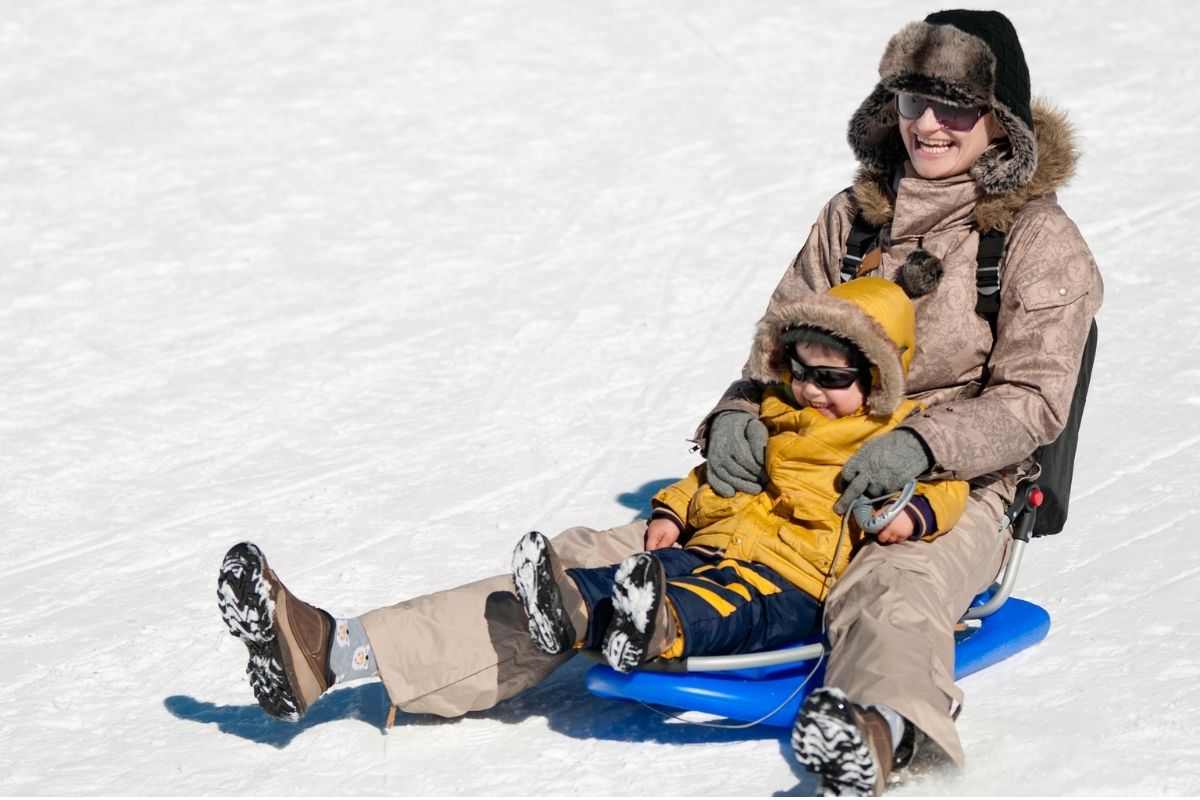
—
slush (n): tuyết tan mềm
The wintery combination of water, snow, and mud that results from temperatures hovering right above freezing
→ Motorists were less likely to become injured when driving in slush, snow or ice conditions compared to dry conditions.
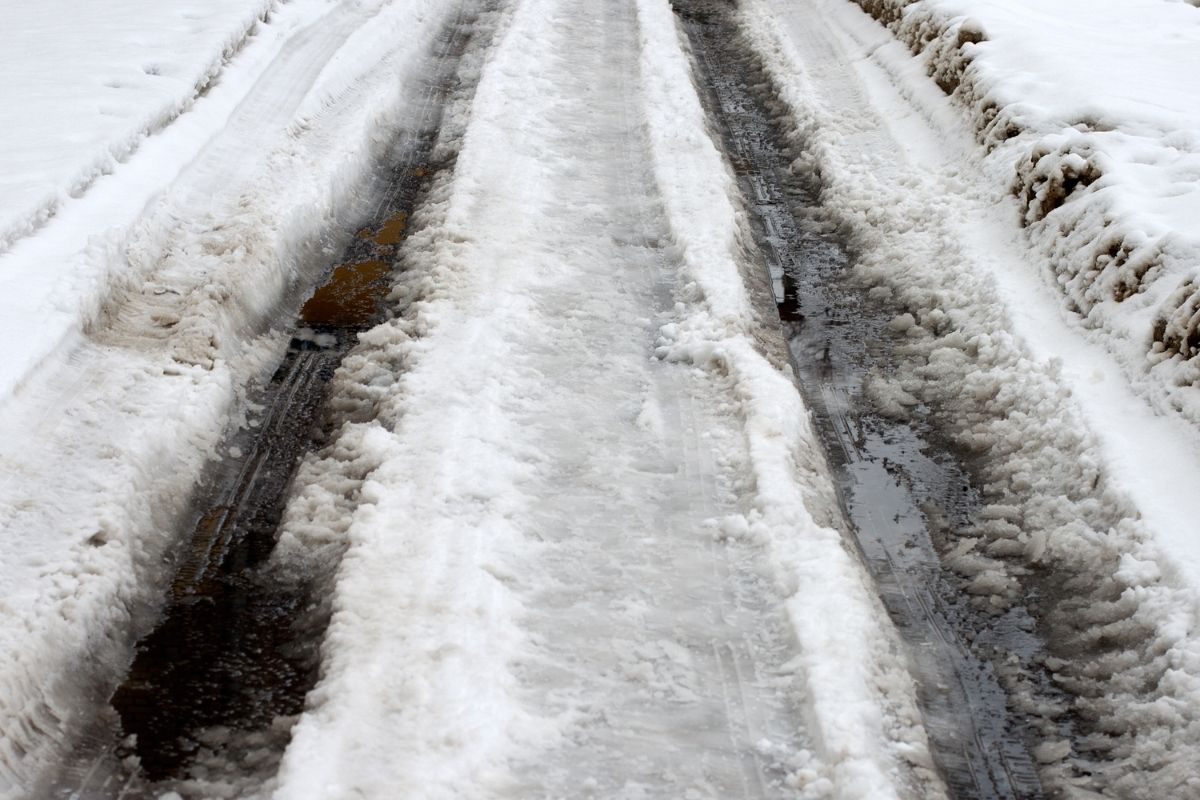
—
squall (n): cơn gió mạnh kèm theo tuyết
A quick fury of wind that is followed by intense snowfall
→ The winter is fairly cold, with occasional gales and blinding snow squalls; the summers hot and humid, with heavy rains and much fog.

—
thaw (v,n): tan tuyết
A weather term that describes the warming of the temperature followed by the subsequent melting of snow and ice
→ Mid-winter thaw events will also diminish the intensity and magnitude of the spring freshet.

Các mẫu câu sử dụng từ vựng tiếng Anh theo chủ đề Winter
- It looked nice against her winter paled skin.
- But the brightest summer has winter behind it.
- I was using the bathroom after Betsy and heard her tell Martha she’d slept like winter bear.
- One cold winter night I was alone in my room.
- Gradually winter released its grip and flowers erupted from the ground in celebration of spring.
- The night is the winter, the morning and evening are the spring and fall, and the noon is the summer.
- There are demons in the forest surrounding the Immortals. winter stronghold.
- Winter mountain driving was not for the reckless or faint of heart, but the Deans were neither.
- This model came out back this winter.
- In winter the climate is very fine.
